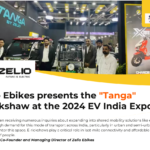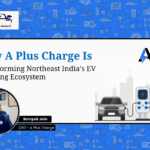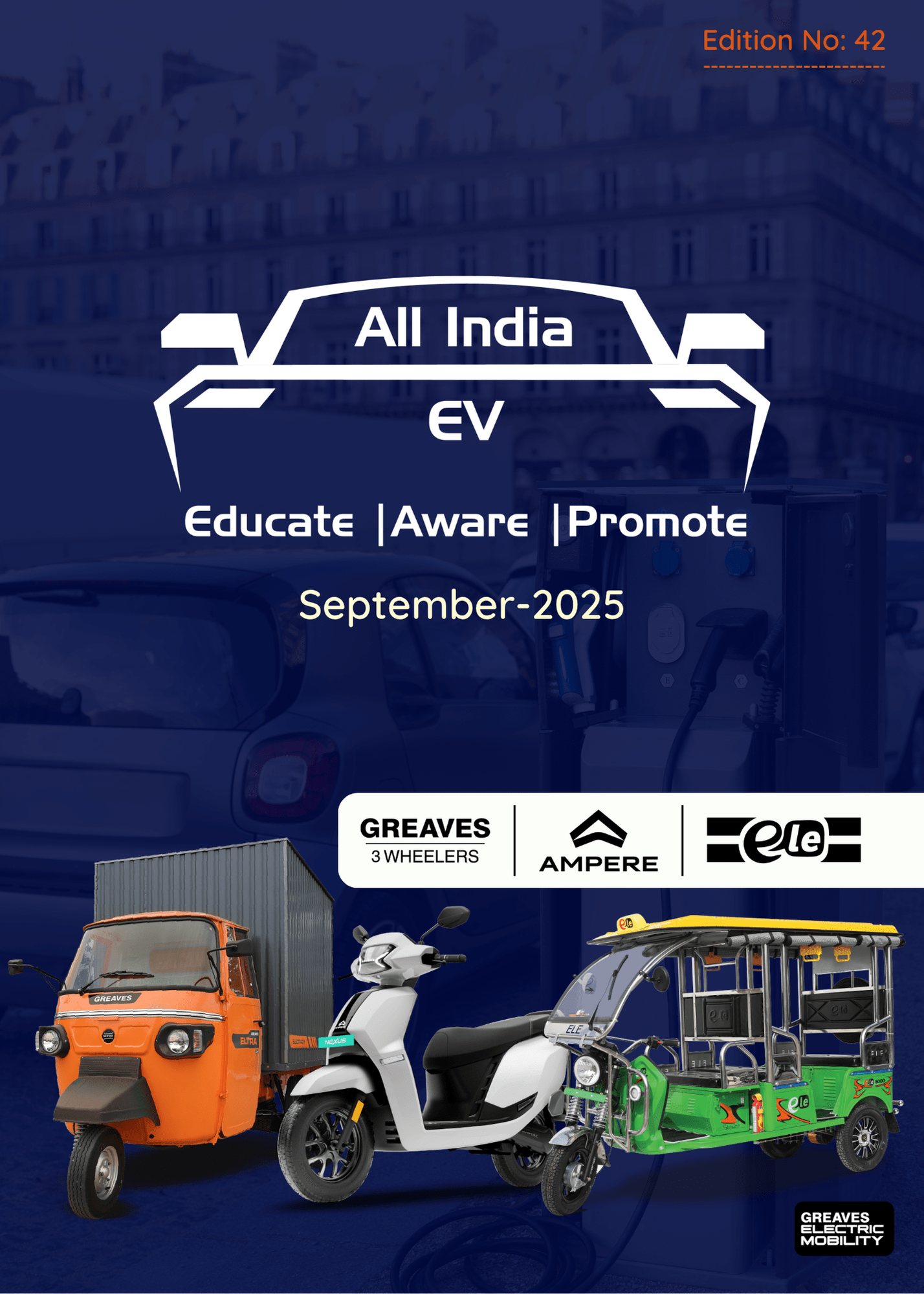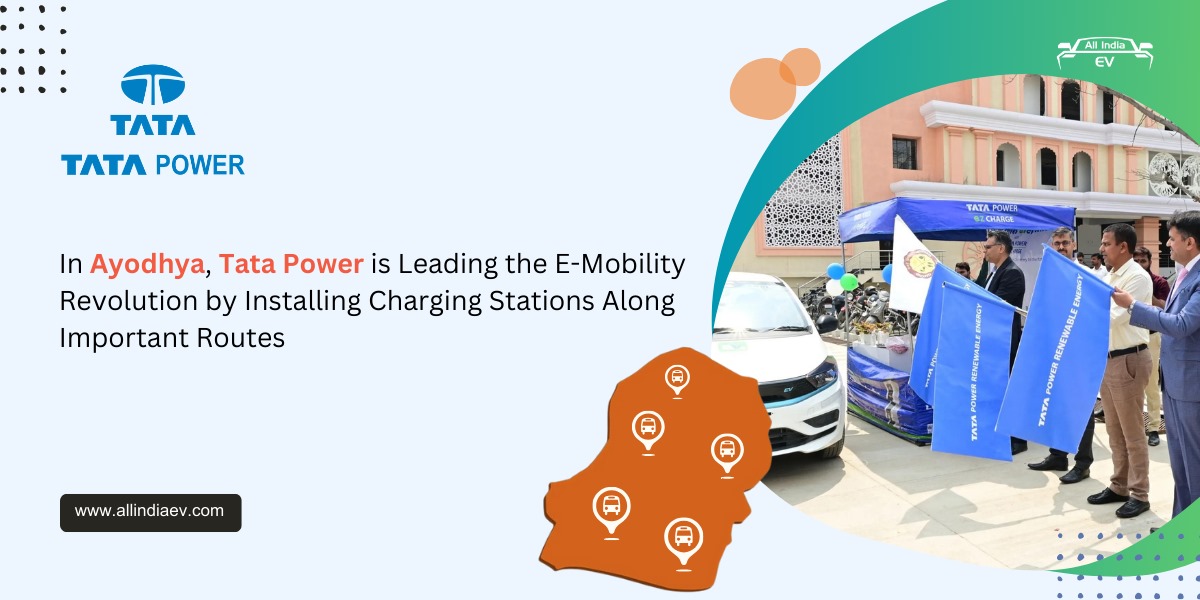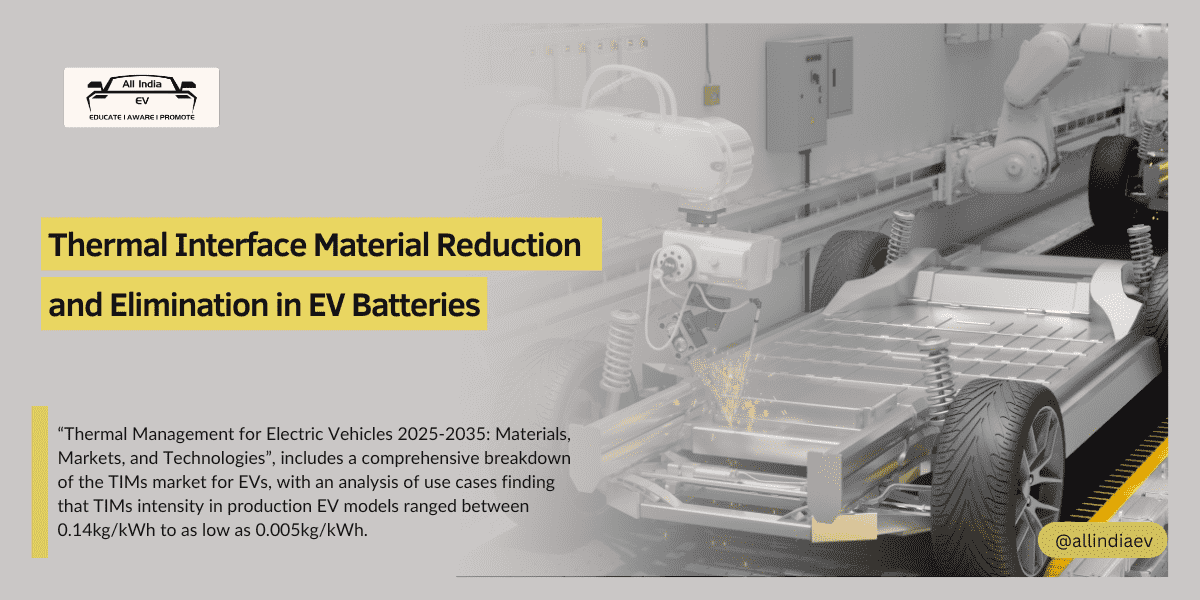
Thermal Efficiency Boost: Eliminating TIMs in EV Batteries
In the development of electric vehicles, manufacturers should be able to speed up with more reasonably thermal priced models. The battery pack counts for a greater portion of the price in an EV. Besides increasing the energy density in the cells and reducing production cost, optimizing the packaging of the cells is another promising avenue.
The TIMs make a very important contribution within the casing of the battery pack. By helping in the transport of heat from the cells to the cooling system. But TIMs add cost to the overall. By investigating innovative ways of reducing or eliminating TIMs while maintaining effective thermal management. EV manufacturers have an opportunity to decrease their production costs and make their vehicles more affordable.
The Future of TIMs in EV Batteries: A Balancing Act
As the industry works to reduce and eliminate materials within the battery pack, the future of TIMs is a very hot topic. This article discusses some of the innovative methods currently in development to reduce or eliminate TIMs. Moreover, their potential impact on overall market demand.
IDTechEx’s brand-new report, “Thermal Management for Electric Vehicles 2025-2035: Materials, Markets, and Technologies,” presents the most up-to-date view of the TIMs market in EVs. The survey of many production models finds that TIM intensity presently ranges from 0.14kg/kWh to as low as 0.005kg/kWh. This data suggests that while TIMs are indeed used in EVs today, there is a clear trend towards it.
Cell-to-Pack: A TIM-Reducing Revolution
Probably the most talked-about approach for reduction in the usage of materials in EV battery packs is a CTP approach. This would include removing the modules and directly stacking cells. While, significantly reducing or eliminating many components like module housing and intermodule connections.
This simplified design also greatly affects how thermal interface materials are used. Instead of incorporating TIMs both internally and externally around the modules, CTP configurations require only a single layer of TIM. This radical reduction in TIM usage per vehicle could mean an average reduction of almost 50%, says IDTechEx. However the exact percentages will vary with the specific design of the battery.
If anything, the design of CATL’s CTP 3.0 represents an even further extreme decrease in the usage of TIMs. As novel as it gets, expandable coolant channels lie directly between the cells. By providing enough thermal contact without needing to rely on TIMs by and large. While a small amount of TIM is still used along the edges of these coolant channels, the overall reduction is massive.
While the volume of TIMs required in CTP designs is significantly smaller, these materials often play a more structural role and require stronger adhesion properties. Thermally conductive adhesives that offer much better adhesion compared to gap fillers usually come with higher prices. That means some of the cost savings from material reduction can be offset by the higher price.
Beyond TIMs: Innovative Cooling Solutions for EV Batteries
While a reduction in the use of TIMs is a great step in optimizing EV battery packs, some are looking at even more radical ways to eliminate TIMs altogether. A good example lies with the Irish battery manufacturer Xerotech. Its novel cooling system that utilizes fluidic polymer-based channels for coolant between the cylindrical cells. They are capable of expanding and contracting in order to fill the gaps between the cells in the overall pursuit of good thermal contact without the use of TIM.
Miba, Austria, has developed the FLEXCooler, a flexible cooling channel that replaces conventional cold plates and TIMs. This design can expand to fill out the space around the cells. It could offer significant reductions in raw material use compared with aluminum cooling plates. IDTechEx reports up to 80% raw material usage reduction with FLEXCooler.
Another way to eliminate TIMs altogether is immersion cooling, where the battery cells are directly immersed in a dielectric coolant. That provides excellent thermal uniformity among the cells and packs. However, at the price of higher complexity and issues regarding fluid sealing and pump selection. The consequence has been that immersion cooling has seen a main application area in high-performance, power-dense battery packs, and we anticipate this will continue to be the main application area.
The Future of TIMs in EV Batteries: A Growing Demand
With cell-to-pack being increasingly developed and different, more efficient ways of packaging will emerge, and the trend for TIM-free designs is likely to accelerate. But where so many different variants of battery pack designs are on the market today. While, many rely heavily on thermal interface materials.
Even as the average quantity of TIM content in each EV battery is forecast to decrease, the demand for the materials will considerably increase with the growth of the EV market. For example, IDTechEx predicts that, from 2023 to 2035, the demand for TIMs will increase by a factor of 4.2 just in the EV market across vehicles in the categories of cars, vans, trucks, buses, two-wheelers, three-wheelers, and microcars.
IDTechEx’s new report on “Thermal Management for Electric Vehicles 2025-2035: Materials, Markets, and Technologies” offers in-depth analysis regarding thermal management strategies, components, materials, market shares, and forecasts for electric vehicles. The paper covers battery, motor, power electronics, and cabin thermal management and so gives invaluable insight into what is going to happen with TIMs and other thermal management technologies in electric vehicles.



